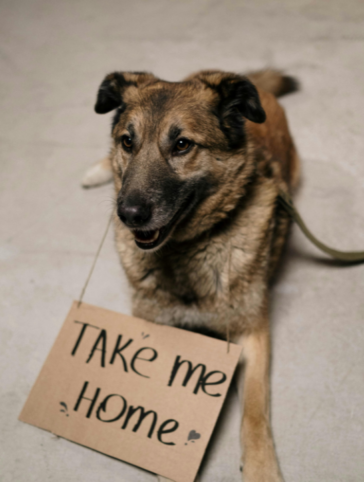
Mar 04, 2025
Six Animal Welfare Organization RisksBird flu has been spreading around the globe – and it’s no longer just infecting birds. With the number of cases continuing to grow, animal welfare organizations need to consider their exposures and take steps to keep their animals – and their team members – safe.
Bird flu, also called avian influenza or avian flu, is a viral disease. According to the CDC, H5 bird flu has been causing outbreaks in wild birds and commercial poultry as well as in other animals, such as dairy cows. It has affected more than 100 million birds.
Reuters reports bird flu is fatal and that, to control the spread, the government requires the culling of entire flocks if the virus is detected on a farm.
The CDC says bird flu spreads primarily among wild migratory water birds and domestic poultry, but it can also infect other animals. Bird flu viruses have been known to infect wild seals, bears, foxes, and skunks as well as farmed mink, domestic animals including cats and dogs, and zoo animals including tigers and leopards. In 2023, the H5N1 bird flu virus was detected in a polar bear and in seals.
Although human bird flu cases have been fairly rare, infection is possible. The CDC says people who have prolonged and unprotected exposure to infected animals may catch bird flu. There have been at least two cases in the U.S. of people catching bird flu from mammals – one case involved a cat and the other involved a cow. Animals that go outside, including cats and dogs, could catch the virus by eating sick or dead birds. These animals could then transmit the virus to humans.
Human-to-human transmission may also be possible. Scientific American says several farm workers have contracted the virus and two people in contact with one of the infected individuals also developed symptoms.
According to the CDC, bird flu symptoms can vary in severity. Humans may experience flu-like upper respiratory symptoms, pneumonia, fever, cough, sore throat, congestion, muscle aches, headaches, eye redness, fatigue, and shortness of breath.
The spread of bird flu is alarming for animal welfare groups. Organizations that care for farm animals may be especially concerned, but bird flu may also threaten organizations that care for wild and domesticated animals. Animals that like to catch wild birds – including cats – may be particularly vulnerable.
According to the University of Maryland School of Public Health, there have been multiple reports of cats contracting bird flu from other cats, including incidents in zoos and animal shelters, indicating that an outbreak is possible. Furthermore, zookeepers and animal shelter workers have contracted bird flu from the cats in their care.
According to an article published in Nature, H1N1 bird flu was detected at a cat shelter in Seoul, South Korea. Within one month, 38 of the 40 cats had died. Soon thereafter, the virus was detected at another cat shelter in the city.
Animal welfare organizations can take the following steps to protect their animals and team members:
For more information on preventing bird flu, see the following resources:
It’s important to protect your animal welfare organization with coverage that is tailored for your unique exposures. Tangram provides insurance for animal welfare organizations through AWOIP. Our insurance packages can include general liability insurance, insurance for animal relocation, transmissible pathogen insurance, volunteer accidental medical insurance, and other important coverages. Learn more.